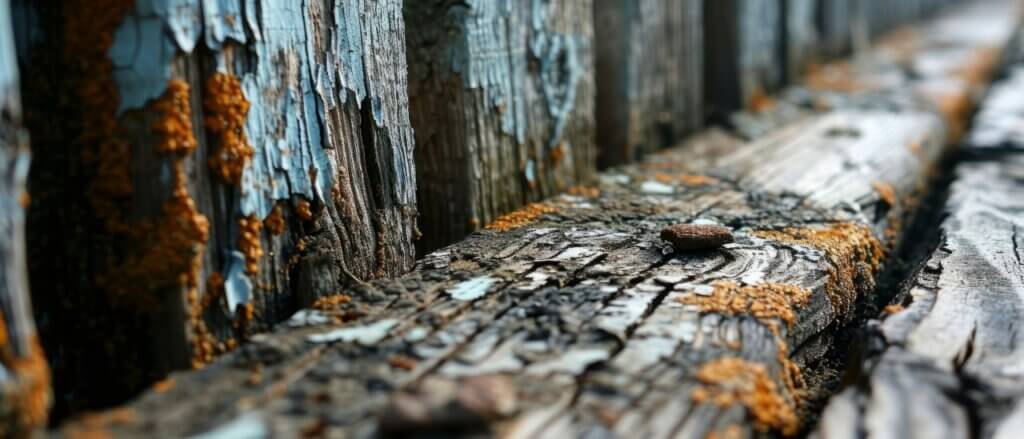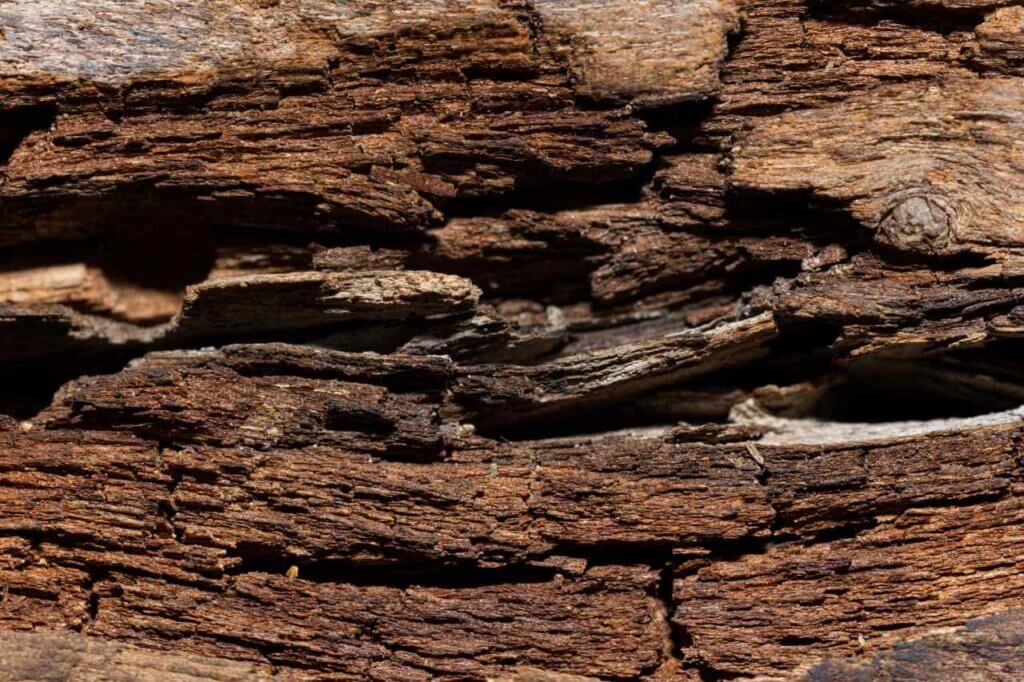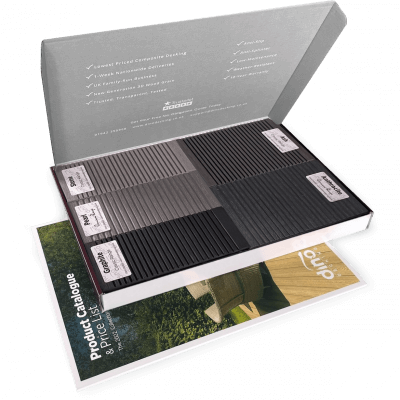5 Composite Decking Lighting Ideas
Our composite decking looks great in any setting, but you can really make your outdoor spaces shine with our decking
Products in Stock
Lowest Prices
Express Delivery
10-Year Warranty
Early April Sale. Up To 15% Off.

Few garden challenges are as frustrating as discovering your fence posts have begun to rot. That telltale wobble or lean can signal the beginning of an expensive replacement project. The good news is, with proper preventative measures, you can significantly extend the life of your fence posts and save yourself both time and money in the long run. Let’s take a look at how.
Water is the primary culprit behind fence post deterioration. When posts are installed directly into soil, they’re constantly exposed to ground moisture, and this persistent dampness creates the perfect environment for decay to begin – particularly at the crucial soil line where oxygen and moisture meet. During rainy seasons, water can pool around the base of posts, accelerating the degradation process.
Once moisture has penetrated the wood, various fungi species quickly move in. These organisms break down the cellular structure of the timber, causing it to soften and lose strength. Different types of rot may appear—white rot leaves the wood feeling spongy and fibrous, while brown rot (often called dry rot, despite requiring moisture) causes the wood to shrink, crack, and crumble. You might notice mushroom-like growths or a musty smell around affected posts.
Damp, softened wood becomes an attractive home for various insects. Termites, carpenter ants, and wood-boring beetles can all accelerate the deterioration of fence posts. These pests tunnel through the timber, further compromising its structural integrity. By the time you notice the insects, significant damage may have already occurred beneath the surface.
Not all timber is created equal when it comes to rot resistance. Naturally durable woods like cedar, redwood, and cypress contain oils and tannins that help repel insects and resist decay. Pressure-treated timber, infused with preservative chemicals under high pressure, offers excellent longevity even in direct ground contact. For the ultimate lifespan, consider our composite fencing materials that resist rot entirely.
How you install your posts significantly impacts their longevity. Setting posts in concrete creates a water trap where the post meets the concrete, actually accelerating rot in many cases. Instead, consider these improved methods:
Barrier treatments create a defensive shield against moisture infiltration. Before installation, apply a quality wood preservative containing copper naphthenate or similar compounds, paying special attention to the end grain and the portion that will be underground. Once your fence is installed, regular application of water-repellent sealers helps maintain this protective barrier. For maximum effectiveness, treat all cut ends and drill holes immediately, as these exposed areas are particularly vulnerable to moisture intrusion.

Early intervention can prevent minor issues from becoming major problems. Each spring, examine your fence posts thoroughly, paying special attention to the soil line and areas where horizontal elements connect. Look for soft spots, discolouration, or fungal growth. Gently probe suspicious areas with a screwdriver—if it easily penetrates the wood, decay has begun. You should also learn how to properly maintain fencing with regular cleaning – this will help remove debris that traps moisture against the wood.
Poor drainage creates a hostile environment for fence posts, so if you notice water pooling around your fence after rain, take action to improve the situation. Build up the soil grade to encourage water to flow away from fence lines. For particularly wet areas, consider installing French drains parallel to the fence line to redirect water away from your posts.
Protective treatments don’t last forever. Weather and UV exposure gradually break down these barriers, leaving your fence vulnerable once again. Generally, reapply water-repellent sealers every 1-2 years, depending on your local climate. Schedule these applications during dry weather when the wood can thoroughly absorb the treatment, and remember that consistent maintenance is far less expensive than replacing an entire fence.
Preventing fence post rot requires an investment of time and effort upfront, but this preventative approach pays dividends through significantly extended fence life. By selecting appropriate materials, implementing proper installation techniques, and committing to regular maintenance, you’ll protect your investment for years to come.
For the best results, combine multiple strategies—like using pressure-treated posts with gravel drainage and regular sealing—rather than relying on a single method. And when planning your next fencing project, go ahead and browse high-quality fence panels right here at Dino Decking, for a fence that stands strong through the seasons.

Our sample pack contains a sample piece of each colour currently available. Order your free sample pack today to compare the colours and get a true feeling of the Dino Decking range!
Our composite decking looks great in any setting, but you can really make your outdoor spaces shine with our decking
If the idea of having rats under your decking makes you shiver, don’t worry. We’ll let you know the signs
Business hours
Monday: 09:00 – 17:30
Tuesday: 09:00 – 17:30
Wednesday: 09:00 – 17:30
Thursday: 09:00 – 17:30
Friday: 09:00 – 17:30
Saturday: Closed
Sunday: Closed
Contact us
01942 355968
support@dino.co.uk
Collection Address: Unit 1 Wetheral Close Hindley Ind Estate Wigan Greater Manchester North West WN2 4HS
Pages
Products
Testing
Copyright 2025 Dino Decking Ltd All Rights Reserved.
VAT Number: GB296097848.
Company Number: 10837233.